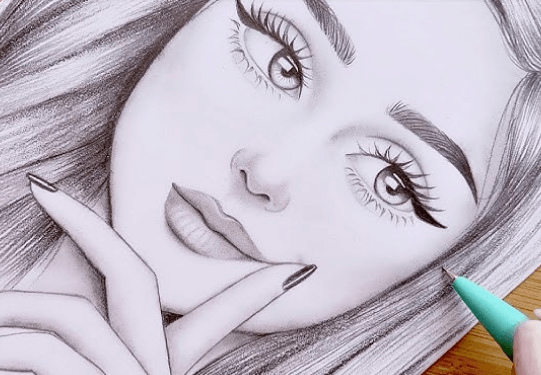
Pencil:Cux3b23phcg= Drawing
Pencil drawing serves as a foundational discipline in the visual arts, offering a unique blend of simplicity and sophistication. The choice of tools, from varying types of graphite to diverse sketching surfaces, plays a pivotal role in shaping the artist’s expression. Furthermore, mastering essential techniques such as line quality and shading not only enhances the aesthetic appeal but also imbues the work with emotional depth. As artists navigate the complexities of style and technique, they often confront creative challenges that can stifle their progress. The question then arises: how can one effectively overcome these obstacles to foster artistic innovation?
Essential Drawing Tools
Creating a captivating pencil drawing begins with the right tools, as they serve as the artist’s extension, translating vision into reality.
Selecting appropriate graphite types, ranging from soft to hard, influences shading and detail. Additionally, choosing the right sketching surfaces—be it textured paper or smooth boards—enhances the drawing experience, allowing for greater expression and freedom in artistic creation.
Embrace these essentials to elevate your craft.
See also: Pencil:Cux3b23phcg= Art
Fundamental Techniques
Mastering fundamental techniques is crucial for any artist aiming to elevate their pencil drawing skills.
Emphasizing line quality enhances the overall expression of your artwork, while effective shading techniques add depth and dimension.
Experimenting with various pressures and strokes allows you to discover your unique voice, granting you the freedom to convey emotion and creativity in every piece you create.
Exploring Various Styles
Diving into the world of pencil drawing opens up a myriad of styles that can transform a simple sketch into a powerful statement.
From realism to abstract, each sketching style offers unique expression.
Embracing digital techniques enhances traditional methods, allowing artists to explore limitless possibilities.
Experimenting with these diverse styles can ignite creativity and foster a profound sense of artistic freedom.
Overcoming Creative Blocks
Many artists encounter creative blocks at some point in their journey, which can feel like an insurmountable barrier to progress.
Engaging in mindfulness exercises can help clear mental clutter, allowing for renewed artistic inspiration. Techniques such as deep breathing or meditation can create space for ideas to flow freely, unlocking creativity and empowering artists to explore their true potential without limitations.
Conclusion
In conclusion, mastering pencil drawing requires an understanding of essential tools and techniques while embracing diverse styles and experimentation. For instance, an artist facing creative stagnation might explore abstract forms, ultimately discovering a new expressive voice that reinvigorates their work. This journey not only fosters technical skill but also cultivates personal growth, encouraging artists to push boundaries and redefine their creative potential. The versatility of pencil drawing remains a powerful medium for conveying emotion and intricate detail.






